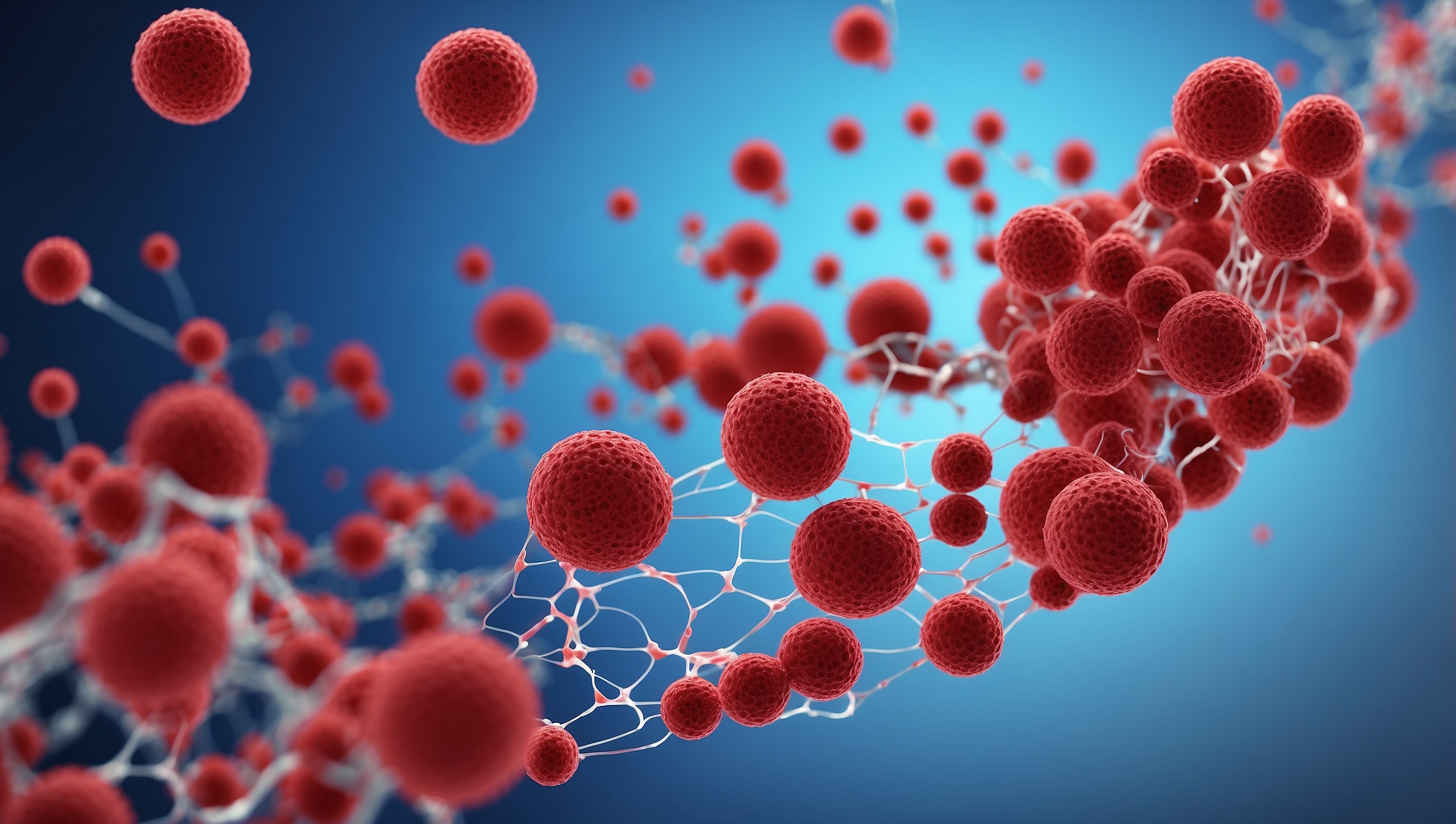
In light of its extraordinary physiological properties, GLP-1, moreover called glucagon-like protein-1, is drawing in a parcel of examination. Even though GLP-1 was at first demonstrated to be critical for keeping up with glucose levels, being connected with various capabilities in the body is presently known. Its potential medicinal applications are turning out to be increasingly clear as the review goes on.
What is GLP-1?
The stomach-related organs are the fundamental site of GLP-1 creation because of dietary admission. It has a spot with a gathering of synthetics known as incretins, which increase the arrival of insulin in light of dinner utilization. Specifically, GLP-1 advances the pancreas’ arrival of insulin, which supports controlling glucose levels inside a protected reach.
GLP-1 and Its Mechanism of Action
GLP-1 capacities by affixing themselves to GLP-1 effects (GLP-1R), which are tracked down in the frontal cortex, gastrointestinal plot, and pancreas, among various parts of the body. GLP-1 begins various cycles when it appends to these receptors, including:
- Boost insulin emission: GLP-1 promotes the pancreatic beta cells to produce greater amounts of insulin in response to elevated blood glucose concentrations.
- Smothers glucagon discharge: It lessens the substance’s release, resulting in an increase in plasma glucose and support in maintaining the balance of glucose.
- Slows gastric emptying: This delayed emptying of the stomach creates a sensation of completion, which can make one eat less.
- Acts on the brain: GLP-1 follows up on the mind by stimulating satiety and may be affecting the way of behaving related to food intake through its effects on the focal nervous system.
GLP-1 and Diabetes Management
GLP-1 is an objective for Type 2 diabetes executives because of its capability in glucose regulation. Turning around the effects of raised glucagon release and decreased insulin discharge is typical in people with Type 2 diabetes, in this manner medicines that reflect GLP-1 enjoy likely benefits. These days, GLP-1 receptor agonists like liraglutide and exenatide are often used to treat Type 2 diabetes. By growing insulin creation, limiting glucagon, and postponing stomach fatigue, these drugs assist patients with maintaining better blood glucose levels and improving glycaemic control.
GLP-1 and Weight Loss
The effect of GLP-1 examinations on the weight of the executives is one more fascinating area of study. GLP-1 can bring down complete caloric admission by delaying stomach exhaustion and expanding sensations of fullness. On account of this characteristic, GLP-1 receptor agonists for weight the board, such as semaglutide, have been created. When matched with dietary and way of life changes, these drugs have shown potential in helping people who experience the ill effects of stoutness or other overweight circumstances in making critical weight reduction.
GLP-1 and Cardiovascular Health
GLP-1 has been connected with cardiovascular benefits moreover its effects on digestion. Research shows that GLP-1 receptor agonists might help bring down the gamble of huge cardiovascular occasions in individuals with Type 2 diabetes, including coronary failures and strokes. It is accepted that adjustments of lipid profiles, pulse, and absolute weight reduction are the reasons for these impacts.
GLP-1 and Neuroprotection
Recent information proposes that GLP-1 could have neuroprotective characteristics. Studies have shown the way that GLP-1 can enter the blood-mind hindrance and may impact neuroinflammation, oxidative pressure, and neurogenesis processes. GLP-1 receptor agonists certainly stand out as potential treatments for neurodegenerative illnesses including Parkinson’s and Alzheimer’s because of this.
GLP-1 and Future Research Directions
Although the treatment of diabetes and obesity has been annoyed about GLP-1 receptor agonists, research is spreading out into new areas:
- Neuroprotection: Parkinson’s sickness and Alzheimer’s injury are two neurological disorders that GLP-1 can treat.
- Stomach Health: Research is currently being conducted on the topic of gastric health and the way it relates to digestive system control problems.
- Disease: Although further examination is required, fundamental discoveries show that GLP-1 might affect the risk of developing cancer.
GLP-1 and Gastrointestinal Function
GLP-1 affects glucose digestion, yet it also significantly affects gastrointestinal health. It has been found to impede the release of gastric acid and slow down the purging of the stomach, which might help with treating disorders including gastro-oesophageal reflux sickness (GERD). Besides, GLP-1 has exhibited a guarantee in maintaining the respectability of stomach obstruction, which might offer assurance against gastrointestinal diseases.
GLP-1 Agonists vs. Natural GLP-1
Contrasted with normally happening GLP-1, engineered types of the protein such as liraglutide and exenatide, give various advantages. The body’s normal GLP-1 is immediately separated by the compound dipeptidyl peptidase-4 (DPP-4), which reduces the medication’s true capacity for use. GLP-1 receptor agonists, then again, affect glucose the board, weight reduction, and other health benefits since they are made to endure degradation.
Conclusion
Hormone GLP-1 displays remarkable potential in various health spaces. The helpful purposes of GLP-1 are various and continually developing, going from making preparations for cardiovascular and neurological issues to controlling diabetes and encouraging weight reduction. GLP-1 receptor agonists might assume a significant part in the therapy of various chronic diseases as research into them advances, giving a guarantee to further developed health results not too far off.
